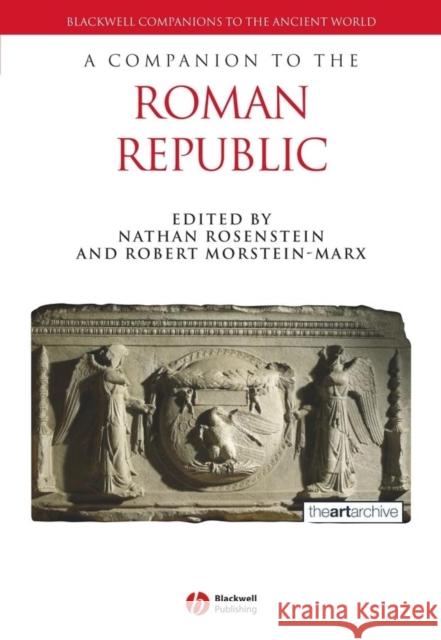A Companion to the Roman Republic » książka
topmenu
A Companion to the Roman Republic
ISBN-13: 9781405102179 / Angielski / Twarda / 2006 / 776 str.
This Companion provides an authoritative and up-to-date overview of Roman Republican history as it is currently practiced.
- Highlights recent developments, including archaeological discoveries, fresh approaches to textual sources, and the opening up of new areas of historical study
- Retains the drama of the Republic's rise and fall
- Emphasizes not just the evidence of texts and physical remains, but also the models and assumptions that scholars bring to these artefacts
- Looks at the role played by the physical geography and environment of Italy
- Offers a compact but detailed narrative of military and political developments from the birth of the Roman Republic through to the death of Julius Caesar
- Discusses current controversies in the field











